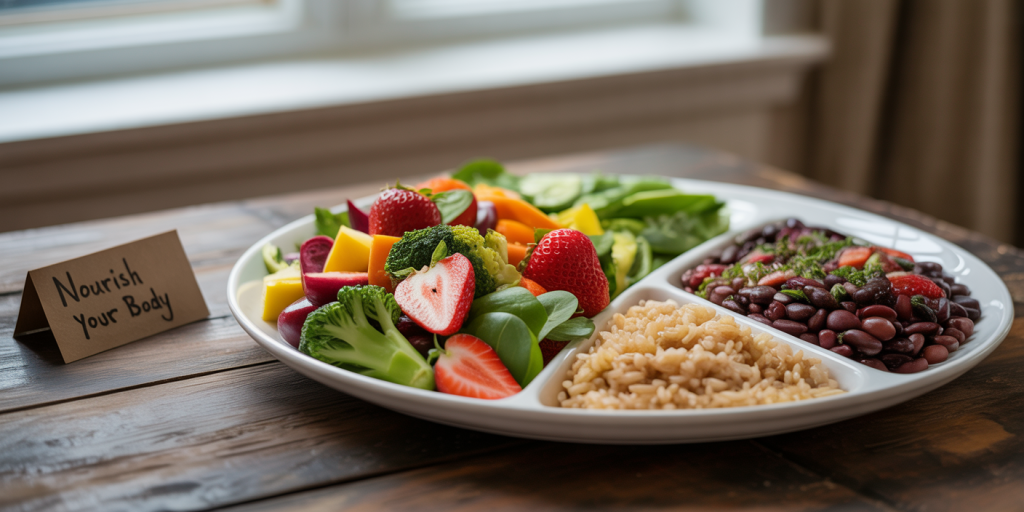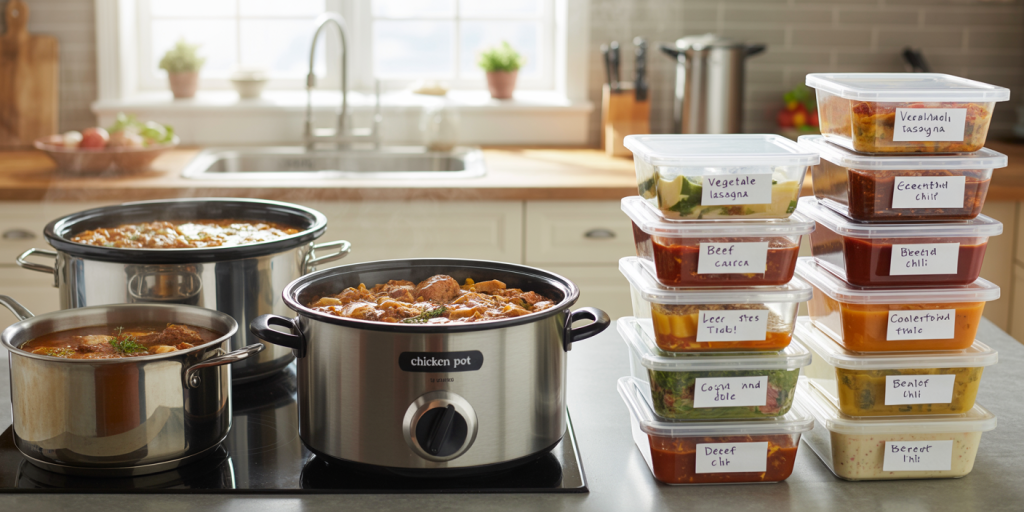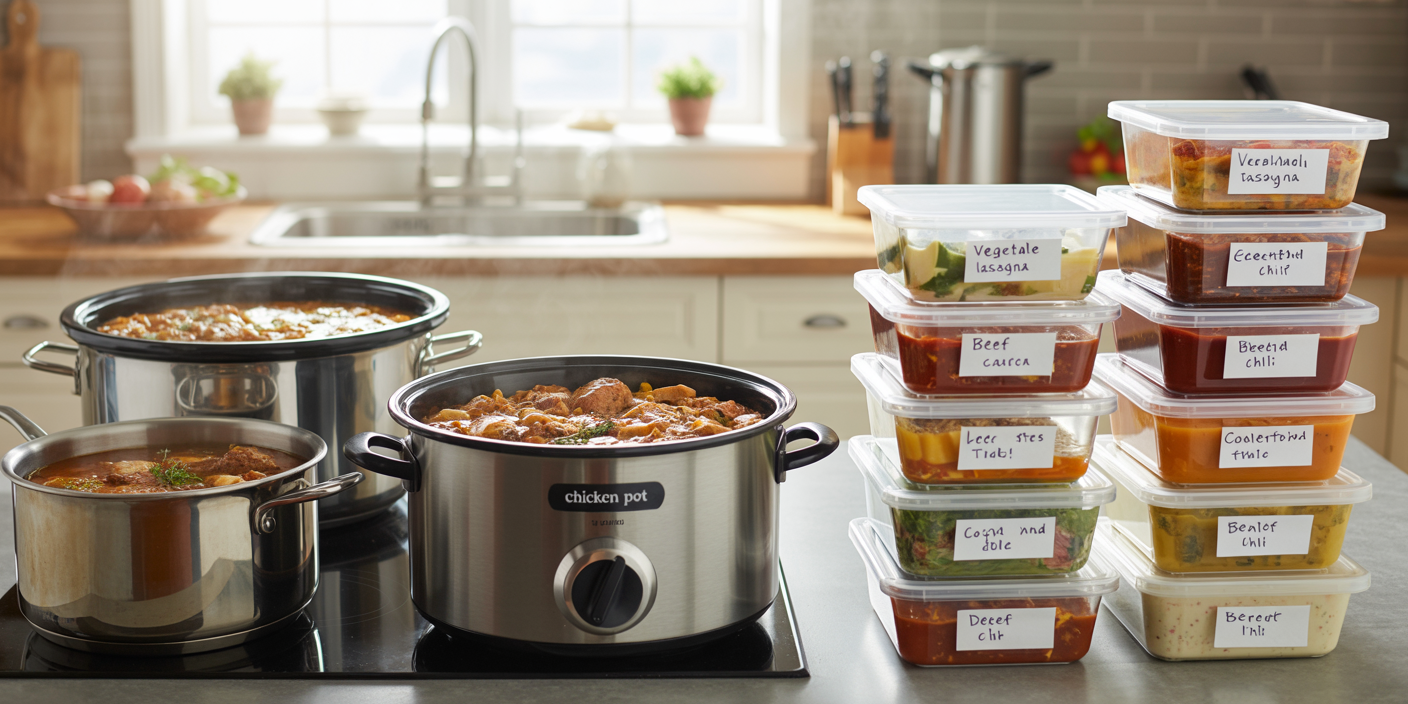Meal planning is an essential strategy for anyone looking to save money, eat healthier, and reduce food waste. With rising grocery prices—an average increase of 11.4% in U.S. food prices recorded in 2023 according to the Consumer Price Index—budget-conscious households are seeking effective ways to stretch their food dollars without compromising nutrition or flavor. This article delves into practical methods and insights to help you meal plan on a budget efficiently, from smart shopping habits to balanced meal ideas, supported by relevant data and real-life examples.
Understanding the Basics of Budget Meal Planning
Effective meal planning begins with understanding your weekly food needs and financial limits. A recent survey by the Bureau of Labor Statistics found that the average American household spends about $150 to $300 weekly on groceries, depending on family size. Meal planning on a budget entails setting a realistic food budget, which often ranges from $40 to $60 per week for a single person, and devising strategies to maximize food value.
One foundational step is tracking your current grocery expenditures and food consumption patterns. If, for instance, you notice that a significant portion of your budget goes to convenience foods or multiple small trips to the store, these habits can significantly inflate costs. Establishing a weekly or monthly food spending cap encourages more intentional purchasing and meal preparation. For example, a case study involving a family of four in Texas demonstrated savings of 30% by switching from daily spontaneous purchases to planned shopping lists aligned with a set budget.
Smart Shopping: Maximizing Value While Minimizing Expenses
One of the strongest pillars of budget meal planning is mastering grocery shopping techniques that reduce costs without sacrificing quality. The use of coupons, seasonal produce, and store-brand products can make a substantial difference. According to a 2022 report by Statista, 70% of U.S. consumers use coupons or discounts regularly, demonstrating their effectiveness.

When grocery shopping, start by comparing unit prices rather than total package prices to identify the best deal. For example, a 24-ounce container of Greek yogurt priced at $3.00 costs $0.125 per ounce, while a 32-ounce size priced at $4.00 costs $0.125 per ounce as well; in this case, pricing is equal. However, larger sizes often provide better deals. Also, prioritize buying seasonal vegetables and fruits—these are replenished in abundance and thus cheaper. For example, buying strawberries in summer can cost up to 50% less than in winter.
Another practical approach is to shop at multiple outlets: wholesale clubs like Costco for staples, local farmers’ markets for fresh produce, and discount grocery stores for pantry items. A comparative table below illustrates the pricing differences observed by a family in Chicago when purchasing staples across three outlets:
| Item | Costco Price | Local Market Price | Discount Store Price |
|---|---|---|---|
| Rice (5 lbs) | $4.50 | $5.00 | $4.00 |
| Chicken breasts | $2.50/lb | $3.00/lb | $2.75/lb |
| Broccoli (per lb) | $1.80 | $1.50 | $1.20 |
| Eggs (dozen) | $2.00 | $2.50 | $1.80 |
This shopping strategy allowed the family to pick items optimally by price and quality, reducing average weekly grocery bills by 25%.
Planning Balanced, Cost-Effective Meals
Constructing meals that are both nutritious and budget-friendly can seem challenging but becomes easier with proper planning. A useful framework is applying the “plate method,” allocating portions as half vegetables and fruits, one-quarter lean protein, and one-quarter whole grains, which aligns with USDA dietary guidelines.

For example, a budget-friendly dinner might include a stir-fry using frozen mixed vegetables ($1.50 per bag), store-brand brown rice ($0.30 per serving), and canned beans ($0.25 per serving) for protein. This meal provides fiber, vitamins, and protein at a fraction of restaurant or takeout cost.
Practical meal planning also benefits by focusing on ingredients that serve multiple meals throughout the week. A roasted whole chicken purchased for $6.00 can become multiple dinners: chicken soup, sandwiches, and salads. Portioning also helps avoid overeating and waste, indirectly saving money.
According to the Food Waste Reduction Alliance, U.S. households discard about 30-40% of food purchased, contributing to unnecessary expenses. Meal planning helps prevent this by encouraging the use of leftovers creatively, such as turning last night’s grilled vegetables into a frittata.
Cooking Techniques That Save Time and Money
Efficient cooking habits complement meal planning in optimizing budgets. Batch cooking is a widely recommended practice where large quantities of meals or ingredients are prepared then stored in portions for later use. This reduces reliance on costly convenience foods and minimizes prep time during busy days.
For instance, a real case from an Oklahoma-based blogger documented saving $80 monthly by preparing large batches of soups, casseroles, and pasta dishes every Sunday, then freezing them for weekday lunches and dinners. This method also guards against impulse dining out, which can easily cost three to five times more per meal.
Using energy-saving cooking appliances such as slow cookers or pressure cookers also cuts utility costs. Slow cooking tough cuts of meat on low heat not only saves electricity (compared to stovetop cooking) but also makes inexpensive cuts tender, providing more economical protein options.
Simple recipes like lentil stew or vegetable curry can be crafted with affordable staples and cooked in large batches. These meals can then be portioned and refrigerated or frozen, providing ready access to wholesome food without repetitive time investments.

Utilizing Digital Tools and Resources for Budget-Friendly Meal Planning
In today’s digital age, leveraging technology can substantially improve meal planning efficiency and cost-effectiveness. Numerous apps and websites offer budget-conscious recipes, automated grocery lists, and price comparison tools designed to streamline shopping and meal prep.
Apps such as Mealime, Yummly, or Paprika allow users to input dietary preferences and budget limits to generate tailored meal plans and shopping lists. Furthermore, grocery store apps now often feature digital coupons and notify customers of flash sales, significantly helping reduce grocery bills.
Data shows that 52% of consumers used food-related apps for discount offers during their last shopping trip—indicating growing adoption of technology to curb food expenses. Additionally, platforms like Reddit’s r/EatCheapAndHealthy provide community-tested recipes and tips to meals on a tight budget.
Employing online calorie and nutrition trackers in conjunction with budget apps ensures meals are balanced without excess or pricey ingredients. This integrated approach fosters smarter shopping decisions and helps maintain health goals within financial constraints.
Future Perspectives: Innovations in Budget Meal Planning
Looking ahead, technological advancements and societal changes promise to further support budget-friendly meal planning practices. The rise of AI-powered personalized nutrition and meal planning platforms is set to revolutionize how consumers manage diets aligned with budgets, preferences, and dietary requirements.
For instance, emerging smart refrigerator systems equipped with inventory tracking and expiration alerts may soon integrate with mobile meal planners to automatically suggest recipes based on available items, minimizing waste and shopping frequency.
Economic shifts and increased consumer awareness toward sustainability will likely boost the popularity of plant-based, whole-food meals, which frequently cost less than processed or meat-centered meals. According to market research firm Mintel, plant-based food sales rose by 27% between 2020 and 2023, suggesting growing adoption that also benefits budgets.
Community-based programs and urban agriculture initiatives may also facilitate greater access to affordable fresh produce, empowering more households to plan meals economically while improving nutrition.
Finally, education and outreach about budget-conscious nutrition remain critical. Governments and nonprofits investing in comprehensive meal planning resources and public awareness campaigns will drive positive outcomes by enabling more families to eat well without financial strain.
Meal planning on a budget is achievable through deliberate preparation, smart shopping, and efficient cooking. Harnessing digital tools and anticipating future innovations further enhances the capacity to optimize food spending. By adopting these strategies, households can enjoy nutritious, satisfying meals while managing their financial wellness in an increasingly expensive food environment.

Deixe um comentário